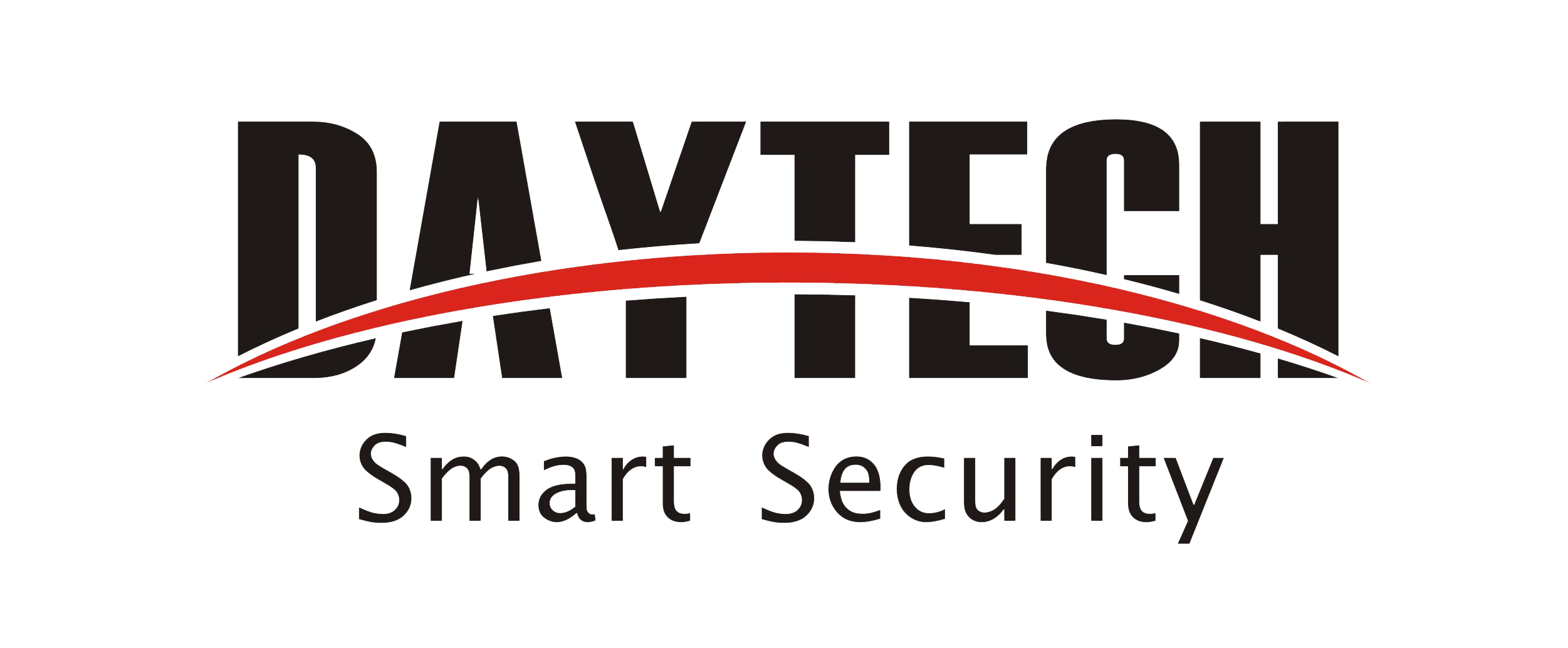Recent Articles
-
A Customer’s Experience With the Daytech Wi-Fi Pager December 05, 2025
-
Daytech Customers Share Their Experience with Sonya’s Refrigerator Door Magnet Review December 04, 2025
-
Calltou Customer Review: High-Quality Performance and Genuine Peace of Mind December 01, 2025
Tag Cloud
Daytech Client Spotlight: Kelly’s Story — Creating an Accessible Classroom for Deaf and Hard of Hearing Students
Fantastic Adaptive Equipment for Kids to Learn
In the dynamic world of early childhood education, fostering inclusivity is not just a noble pursuit—it is an imperative. For educators like Kelly, who teaches children who are Deaf and Hard of Hearing, traditional classroom tools often fall short. That’s where Daytech’s adaptive alert systems enter the picture, bridging gaps with thoughtful technology designed for all learners.
The brilliance of these devices lies not in their complexity, but in their intuitive functionality. With the simple addition of a doorbell system enhanced by visual and tactile alerts, Kelly transformed her classroom into a space where every student—regardless of hearing ability—can participate fully, confidently, and independently. The impact is immediate. Children learn not only through sound, but through vibration, light, and presence.
A Thoughtful Solution for a Diverse Classroom
The environment Kelly describes is rich with diversity—not only in the students, but among the faculty as well. With many Deaf staff members on her team, inclusivity doesn’t stop at the student level. It permeates the culture of the entire learning space.
Daytech’s doorbell system was installed just outside the classroom, accompanied by a clearly marked sign. Inside, two flasher units are strategically mounted on opposite sides of the room. This ensures that regardless of where students or teachers are situated, the visual alert is unmistakable. The dual-flasher setup eliminates blind zones and enhances classroom awareness without overwhelming the senses.
It’s a subtle yet powerful demonstration of universal design in action: tech that adapts to the user, not the other way around.
Multisensory Features That Empower
The system’s versatility is one of its greatest strengths. With the ability to flash, vibrate, and emit one of twenty customizable sounds, the alert system accommodates a wide range of sensory preferences. Each user can tailor the alerts to suit their unique needs or the specific requirements of the environment. A discreet side button enables fast toggling between combinations, offering a seamless experience for caregivers, educators, and students alike.
For many students, especially those developing their sense of independence, the integration of tactile cues—like vibration—is profoundly empowering. They’re no longer reliant on visual cues alone or dependent on others to stay engaged. Instead, they become active participants in their own learning journey.
Flexible for School and Home Use
Daytech’s commitment to accessibility extends beyond institutional settings. As Kelly notes, the system isn’t limited to classroom use. Many components—particularly the vibrating alert receivers—can clip directly to clothing, making them ideal for home use. For Deaf and Hard of Hearing individuals, this provides a vital line of awareness in settings where traditional doorbells or alarms might go unnoticed.
The portability of these devices also makes them a hit among the school’s staff, many of whom have chosen to purchase systems for their own homes. Whether it’s a quiet evening alone or a bustling day in the classroom, Daytech ensures the user never misses a critical cue.
An Educator’s Endorsement Worth Celebrating
Kelly’s wholehearted endorsement is not just a review—it’s a testament to what happens when inclusive design meets real-world application. In classrooms where communication barriers are often high, Daytech’s adaptive alert systems provide a welcome solution: elegant, effective, and deeply considerate of the communities they serve.
For educators, caregivers, and families navigating the world of assistive learning, this is more than a recommendation. It’s a call to reimagine how technology can meet every learner where they are—without compromise.



